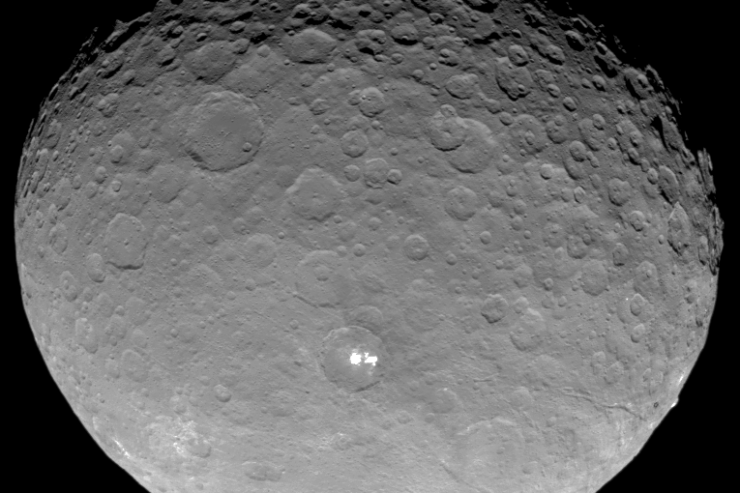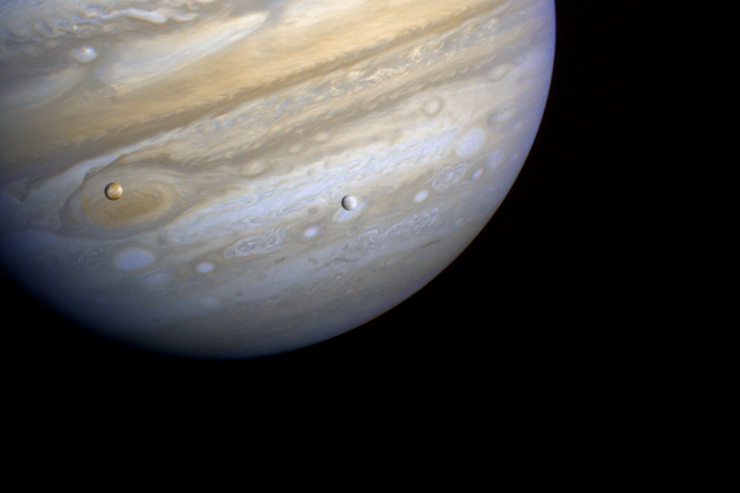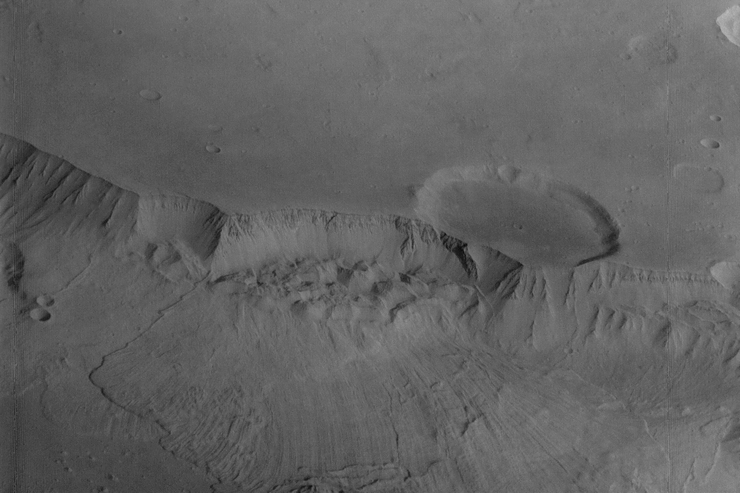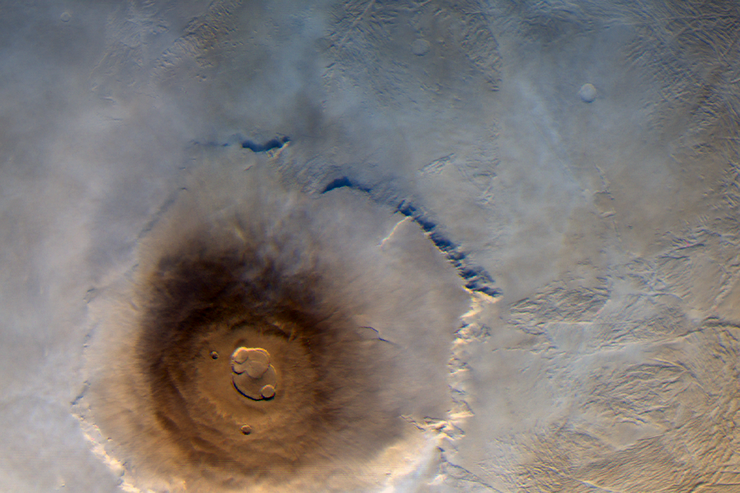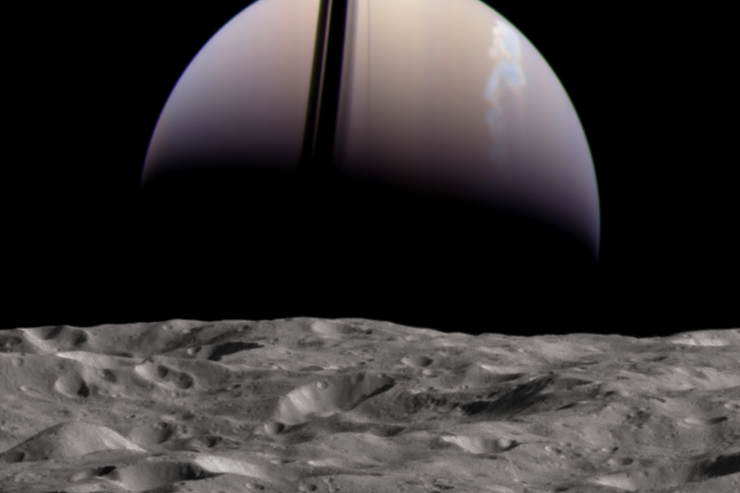Closest-yet view of dwarf planet Ceres, taken by NASA’s Dawn spacecraft on May 4, 2015, from a distance of 13,600 kilometers. The image resolution is 1.3 kilometers per pixel.
Shown here is the northern hemisphere of Ceres with bright spots in a crater about 80 kilometers in diameter. The exact nature of the bright spots remains unknown so far.
(Image Credit: NASA/JPL-Caltech/UCLA/MPS/DLR/IDA/astroarts.org)

